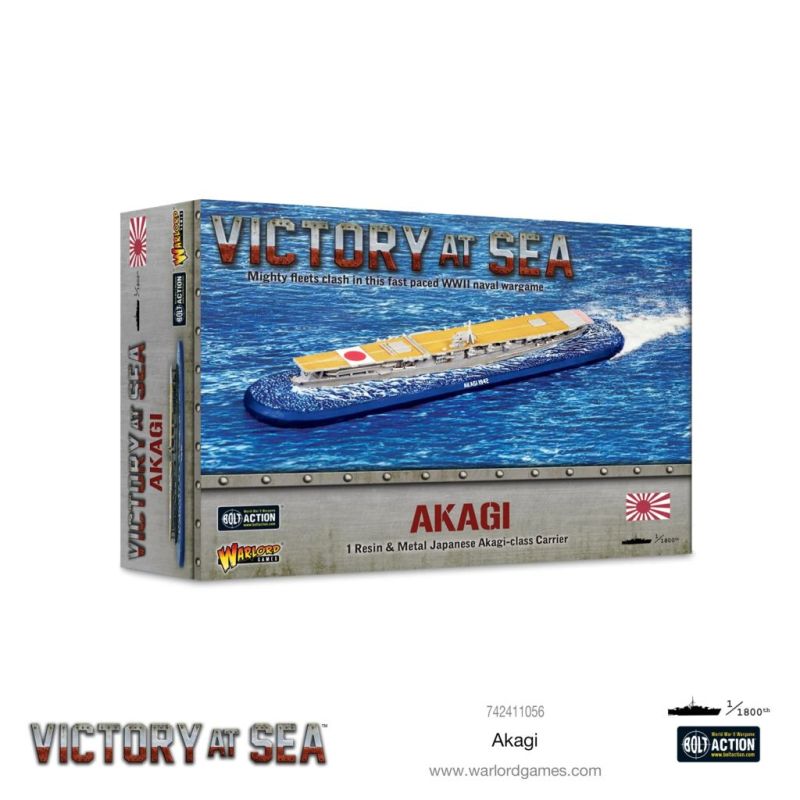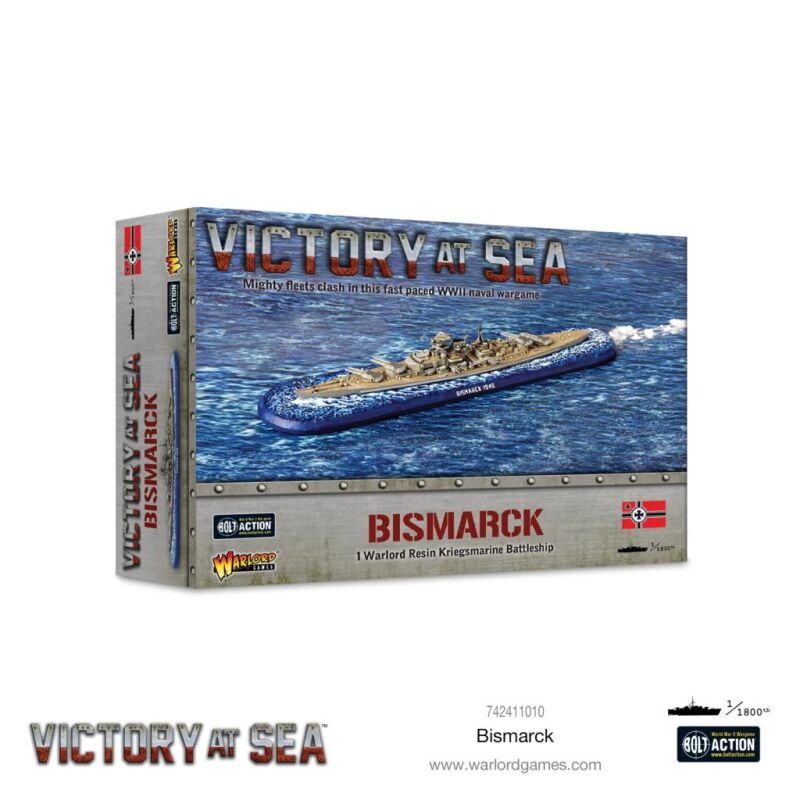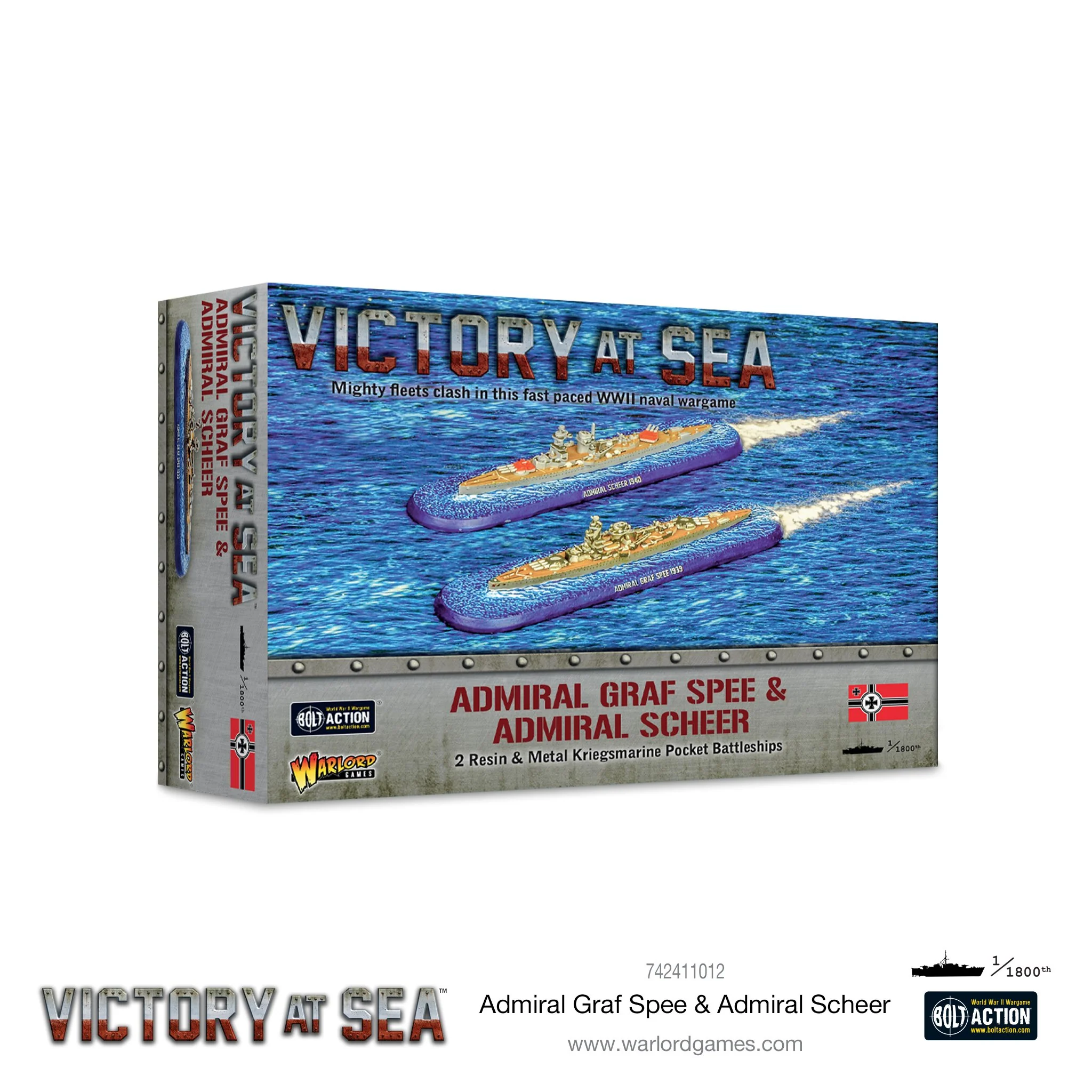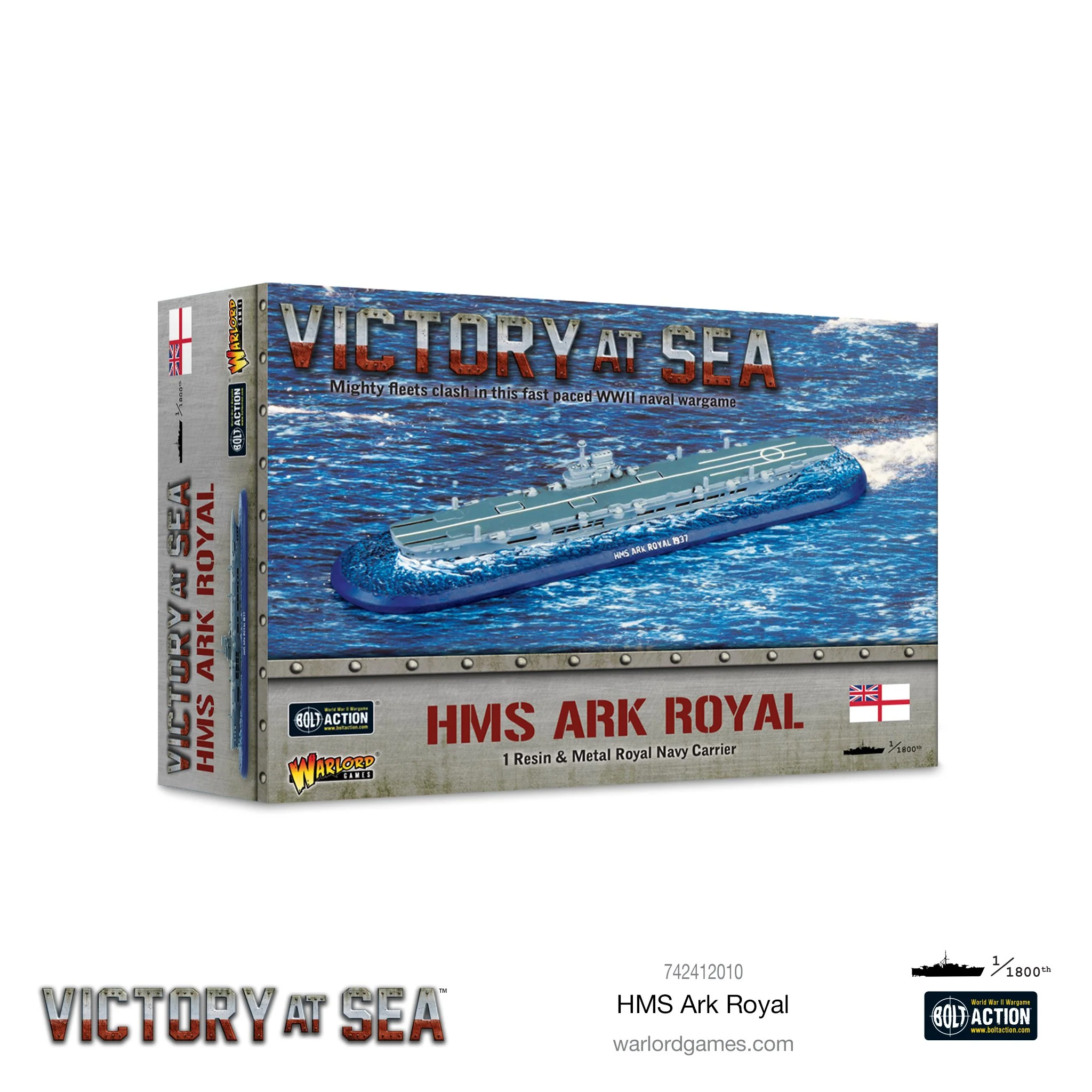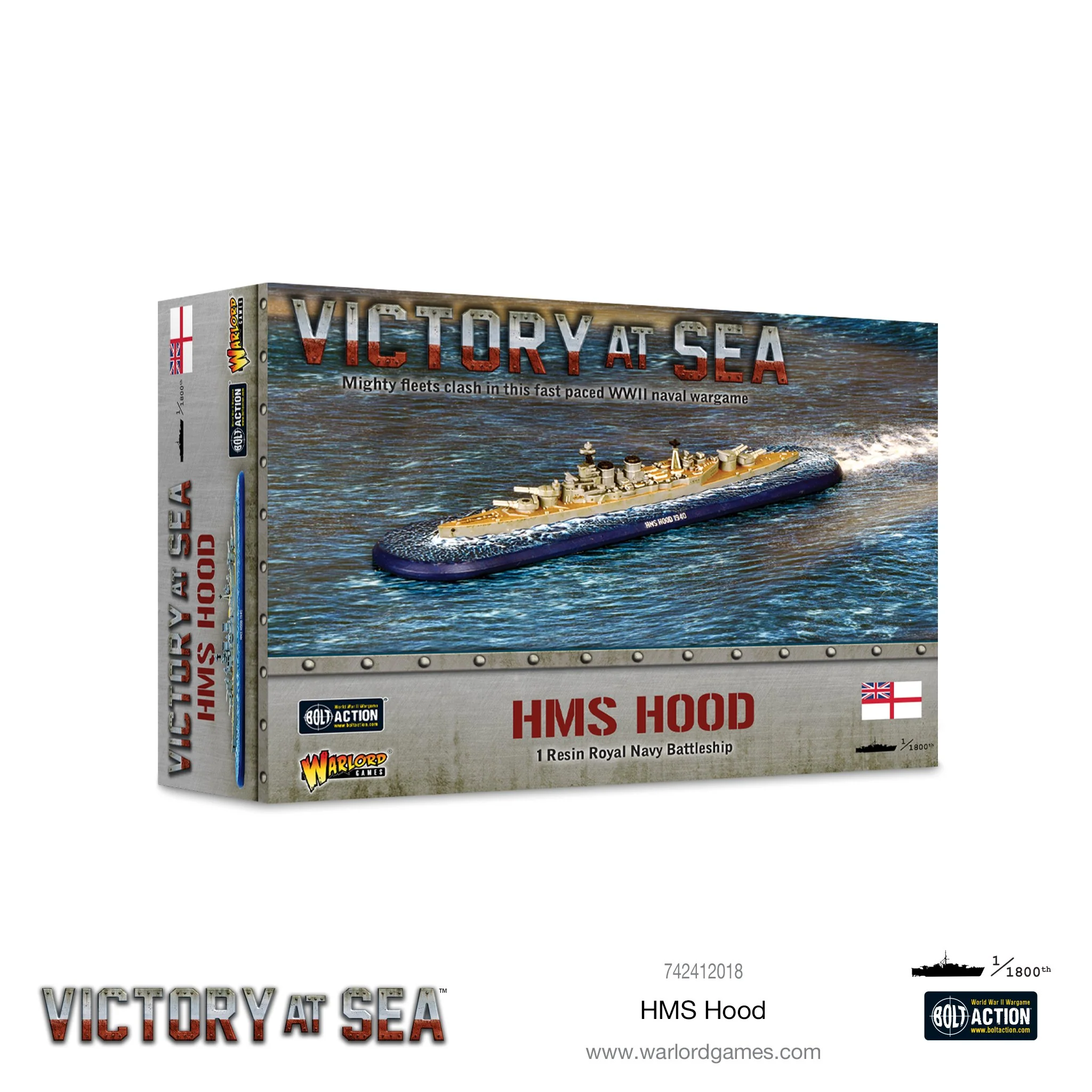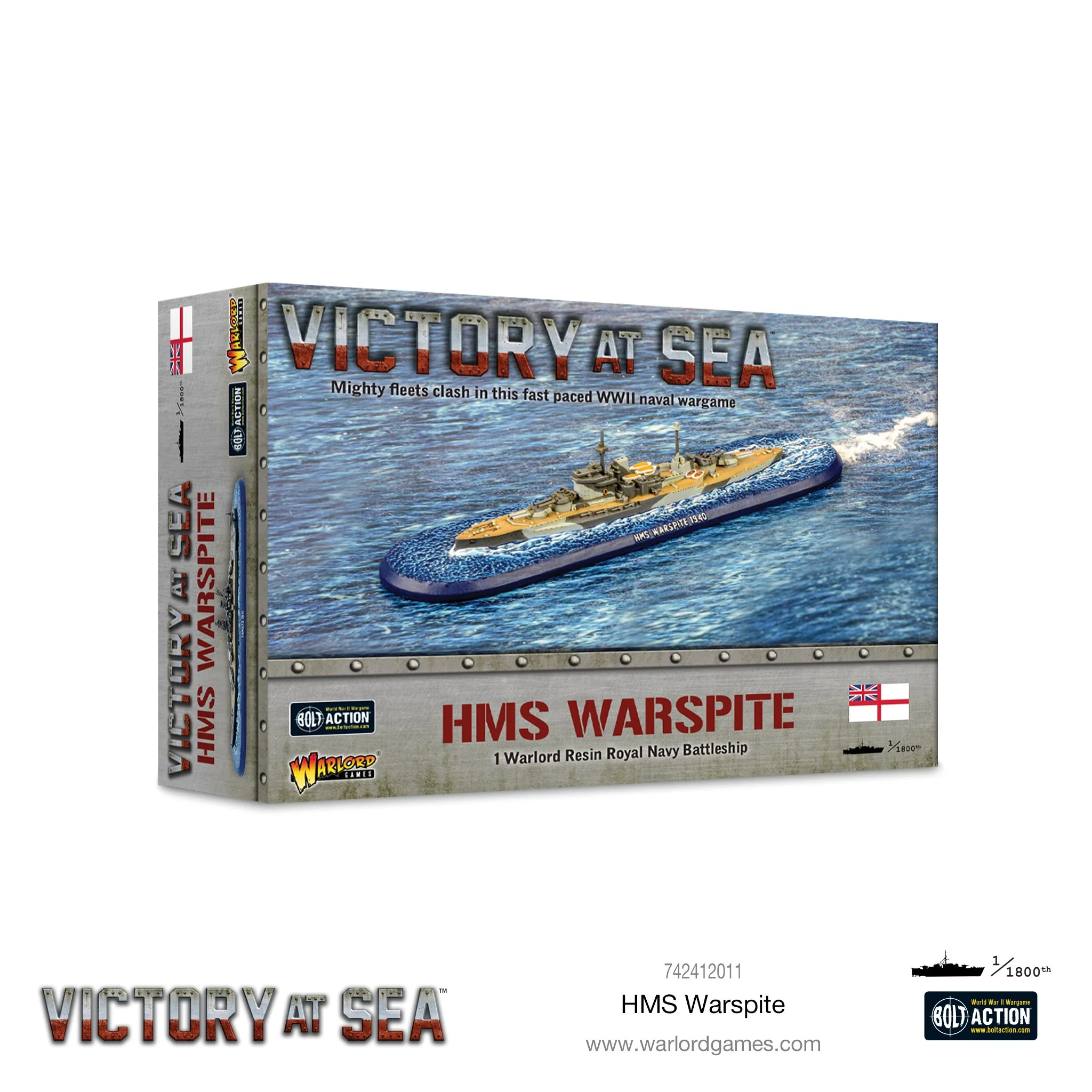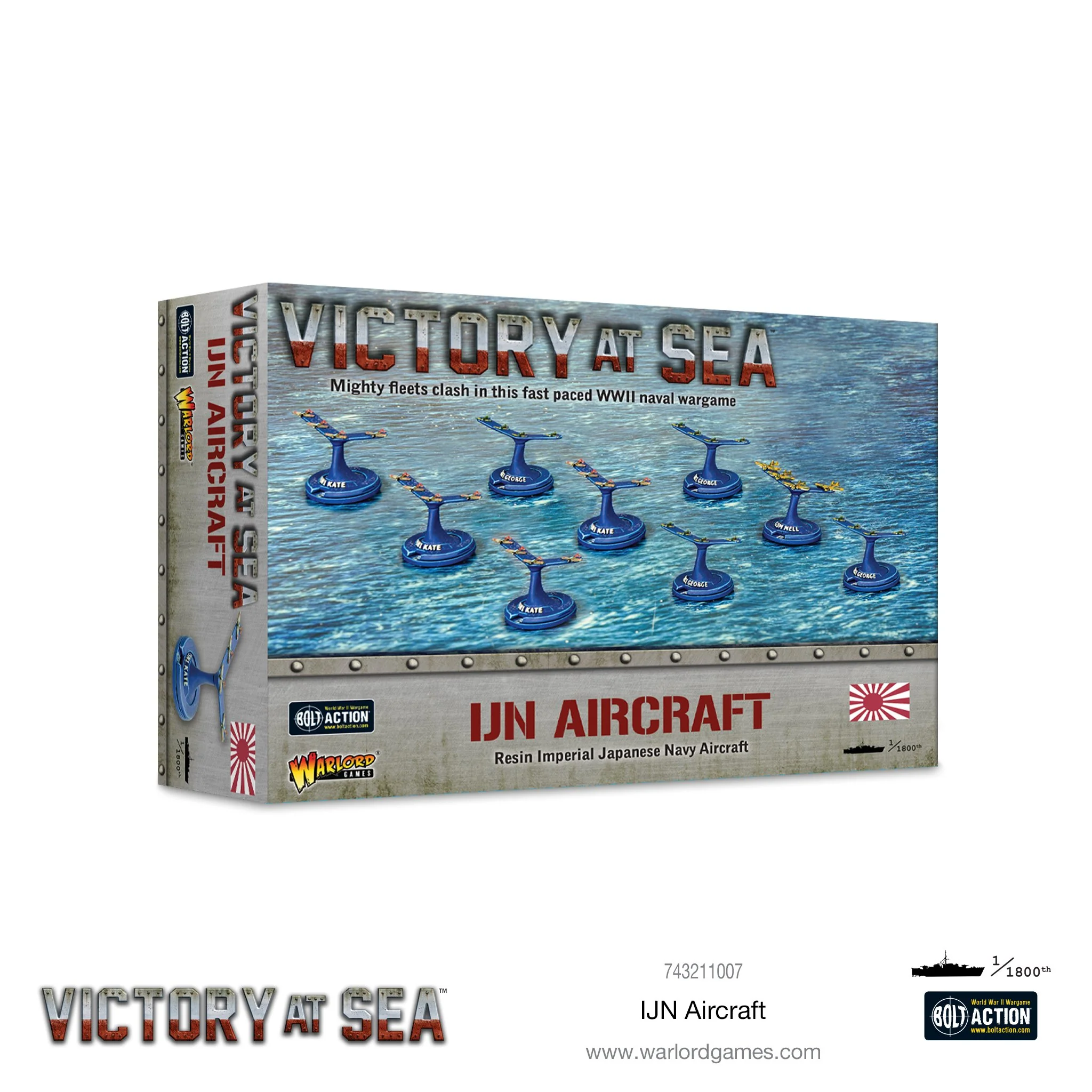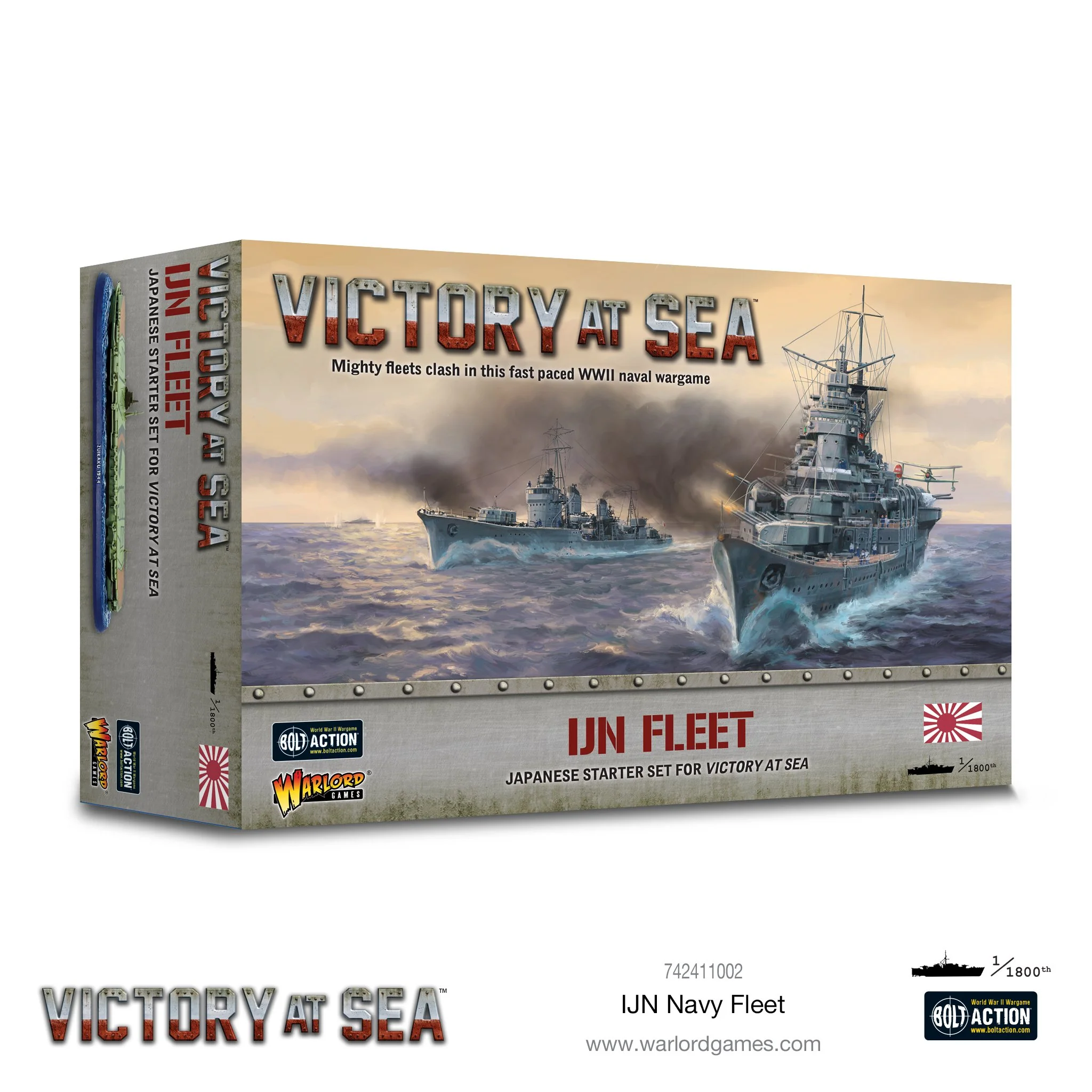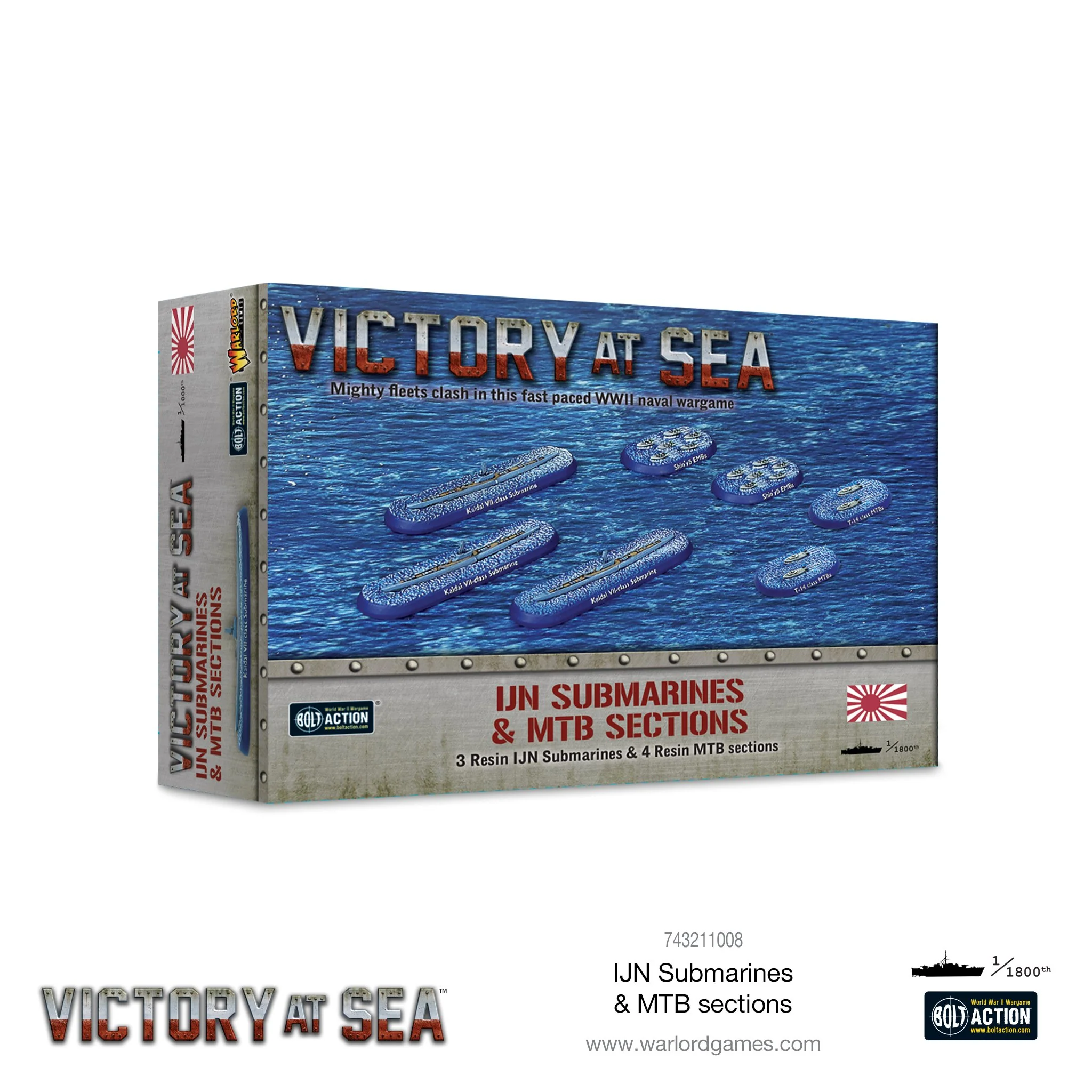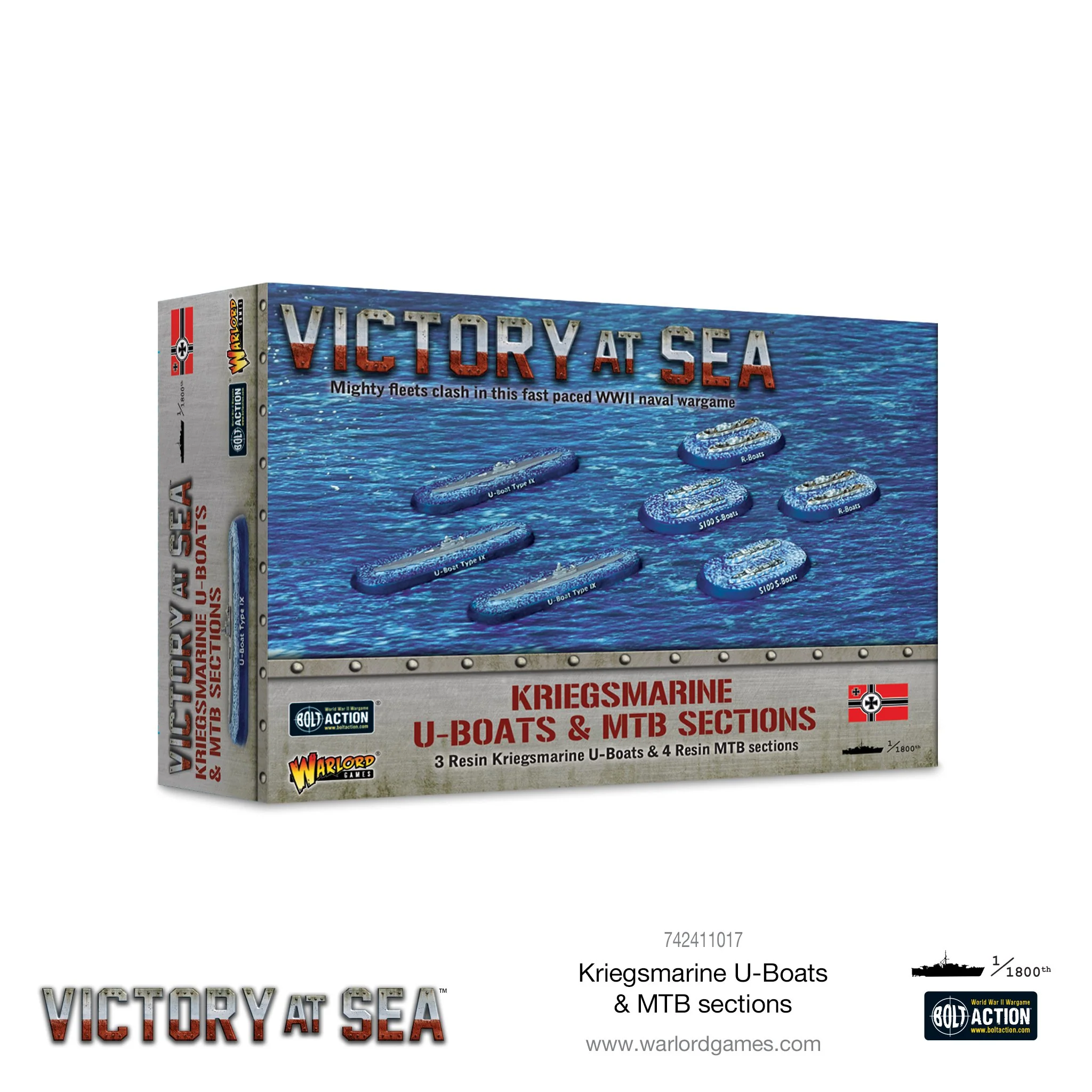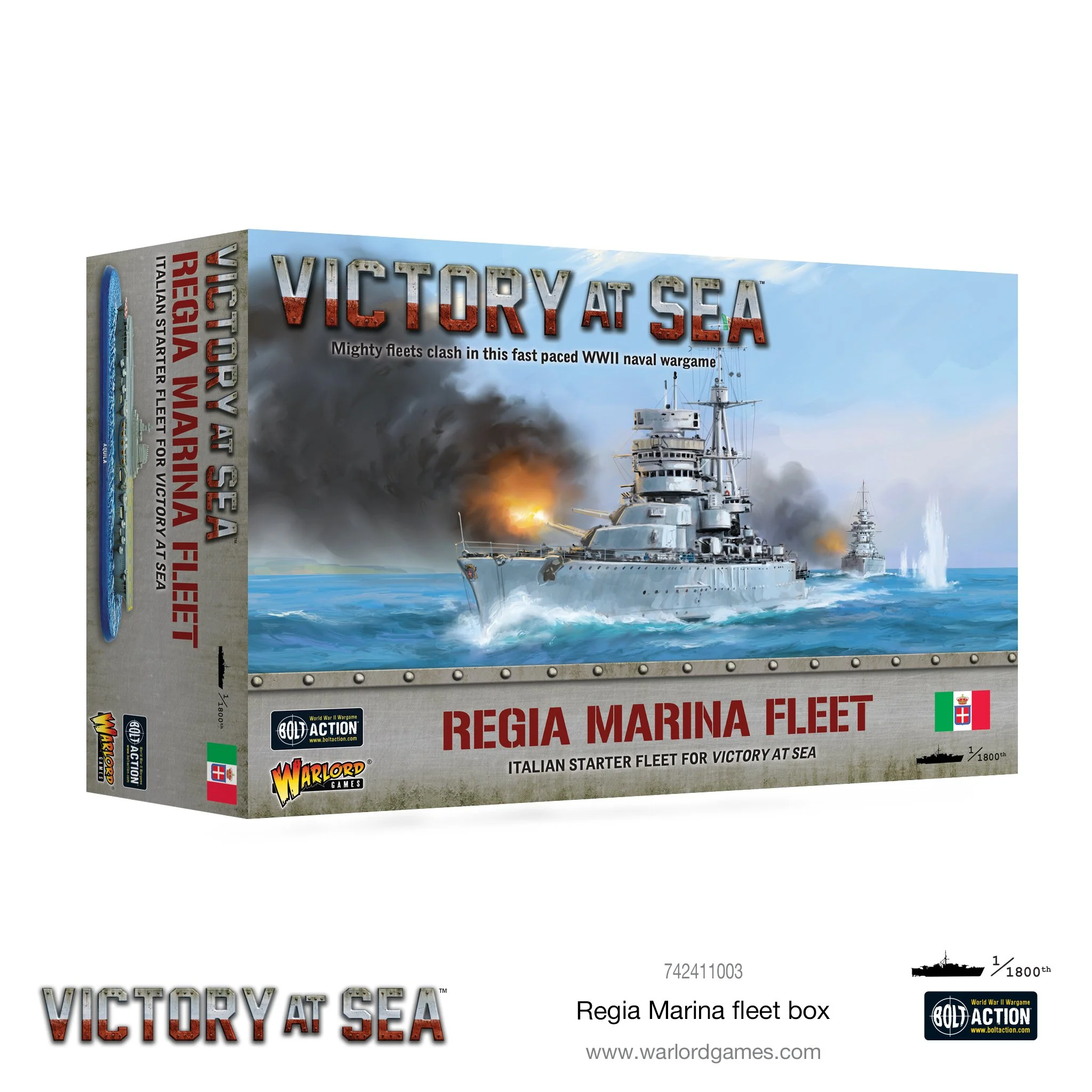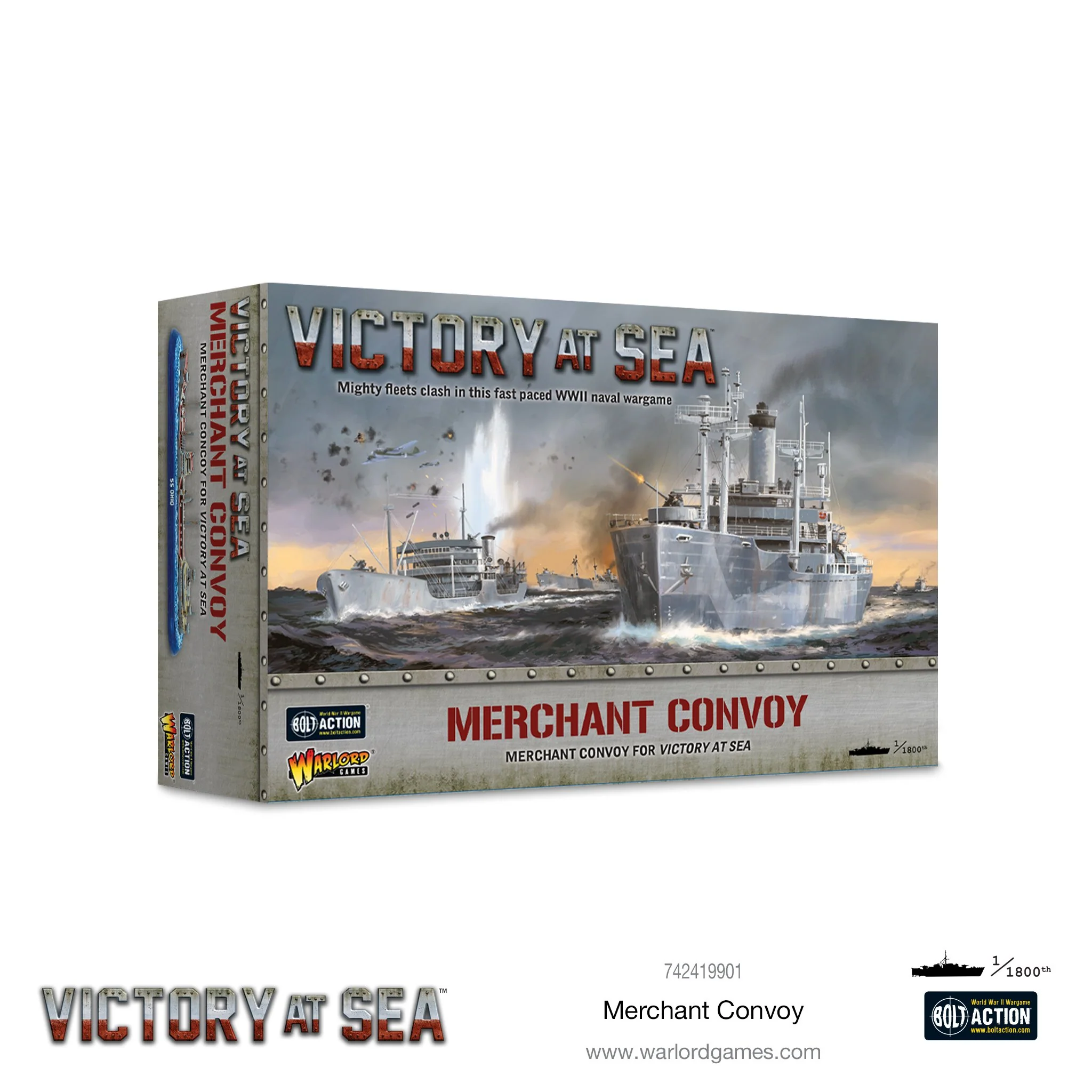
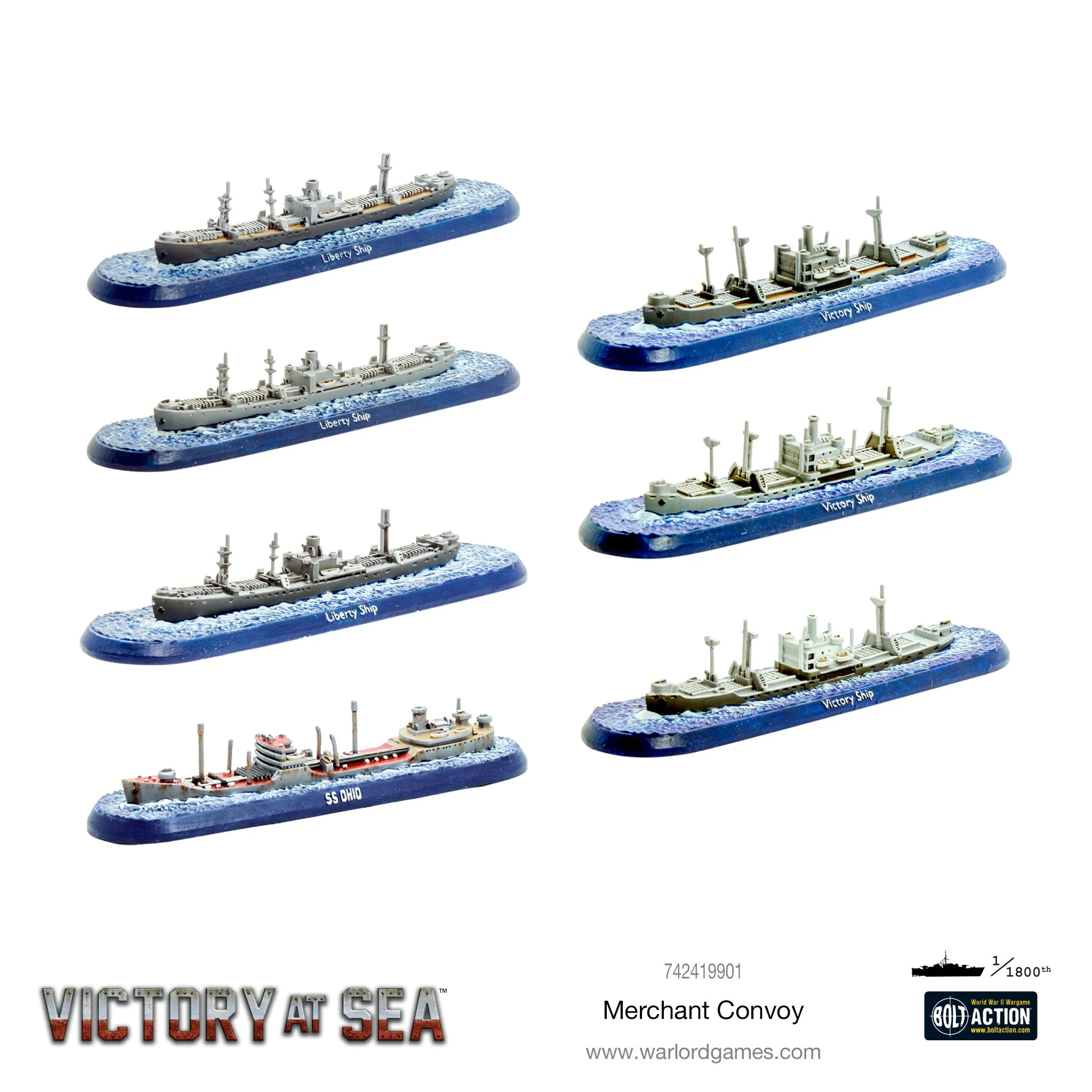






Preventing attacks on defenceless merchant ships is the other main role of the navy, and it was here that the war was fought, day in and day out, by the humble corvette, frigate and destroyer escort, and later by escort carriers. Commerce raiding formed a critical part of the strategy for several nations – Germany’s Kriegsmarine almost brought Britain to her knees whilst the US Navy similarly strangled Japan’s movement of industrial goods, materials, troops and supplies.
Grouping ships into convoys meant there was more expanse of empty ocean out there – hopefully raiders would not even find the convoy. It also made escorts more effective, but in the event a convoy was hit by a surface raider, such as a heavy cruiser or battlecruiser, the target would be devastated in short order. Nevertheless, the convoy system helped a great deal. It would fall to the escorting ships to defend them until either a heavy covering force could come up in support or the merchants could make their escape. Some of the most heroic, and worst mismatched, actions of the war took place in defence of merchants convoys or troop ships.
Box contains:
- 3 x Liberty Merchant Ship
- 3 x Victory Merchant Ship
- 1 x SS Ohio Tanker Ship
- Ship Cards and Damage Sliders
Models supplied unassembled and unpainted
Vorgeschlagene Produkte


